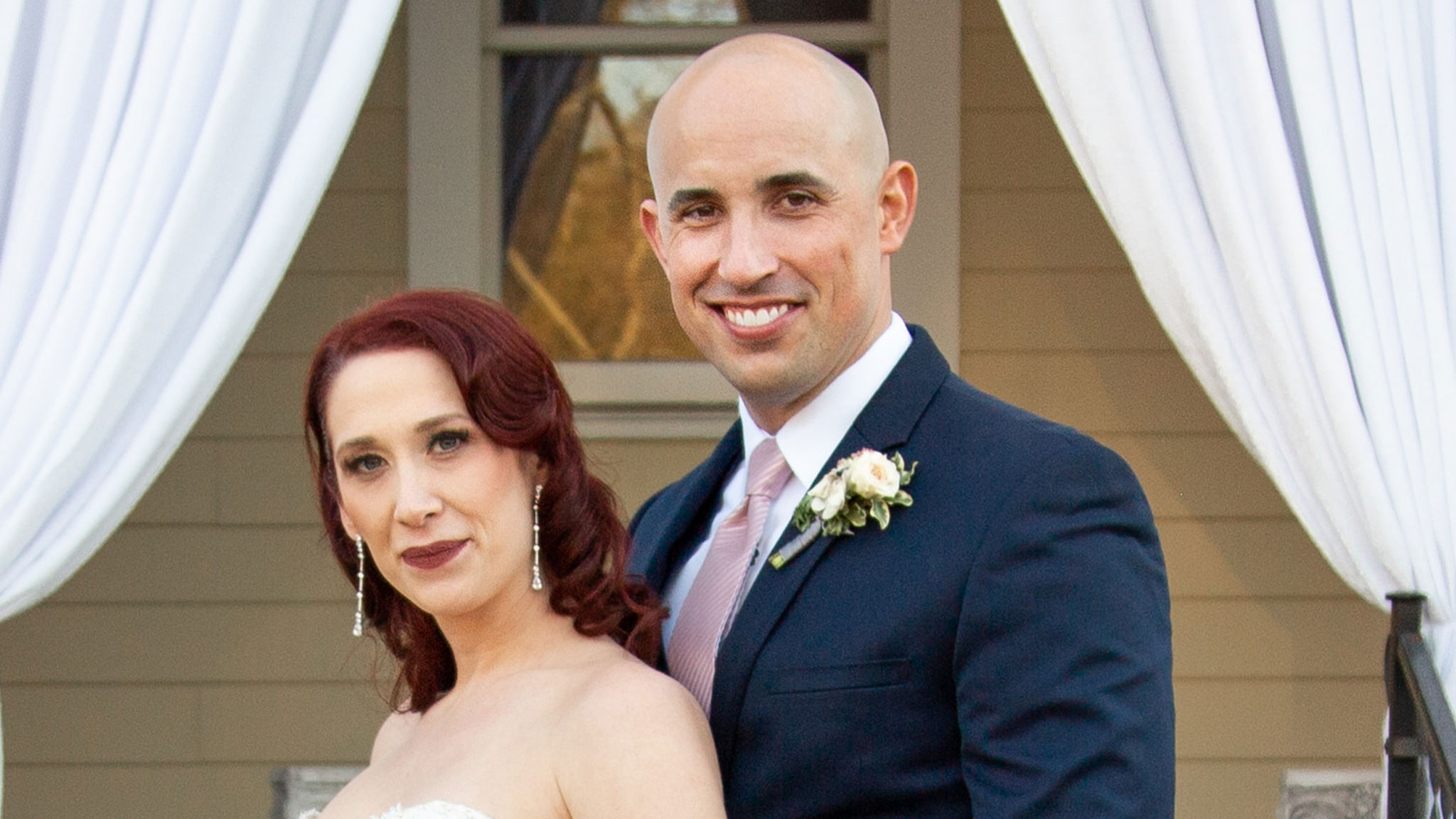Married at First Sight Chapter 1999 delves into the complexities of modern love and relationships, inviting readers to witness the highs and lows of couples embarking on a unique and challenging journey. This captivating chapter promises an immersive experience, shedding light on the dynamics of arranged marriages, the social experiment behind the show, and the evolving nature of relationships in today’s society.
As the couples navigate the uncharted waters of a marriage based on compatibility rather than familiarity, readers will gain insights into the strengths and weaknesses of their relationships. The show’s premise raises ethical questions and challenges, prompting us to reflect on the potential benefits and drawbacks of arranging marriages between strangers.
Social Experiment and Ethical Considerations

The “Married at First Sight” experiment is a controversial social experiment that aims to explore the nature of love and marriage. The concept involves pairing up complete strangers and having them marry each other. The couples then live together and attempt to build a relationship over a period of time, typically several weeks or months. The experiment has been conducted in several countries around the world, including the United States, the United Kingdom, and Australia.
Married at First Sight Chapter 1999 brings an unexpected twist, much like the thrilling moments in the movie Lake Placid: The Final Chapter. As the contestants navigate the complexities of their relationships, we can’t help but draw parallels to the challenges faced by the characters in the film.
The cast of Lake Placid: The Final Chapter, including Yancy Butler and Robert Englund , deliver exceptional performances that resonate with the emotions evoked in Married at First Sight Chapter 1999.
There are a number of potential benefits to participating in the “Married at First Sight” experiment. First, it can provide couples with a unique opportunity to get to know each other in a way that is not possible in traditional dating situations. Second, the experiment can help to break down stereotypes about love and marriage. Third, it can provide valuable insights into the nature of relationships and the factors that contribute to their success or failure.
However, there are also a number of ethical implications to consider when arranging marriages between strangers. First, there is the potential for emotional harm if the relationship does not work out. Second, the experiment can be seen as a form of exploitation, as the participants are essentially being used as guinea pigs in a social experiment. Third, the experiment can be seen as a violation of the right to privacy, as the participants are forced to share their personal lives with the public.
Ultimately, the decision of whether or not to participate in the “Married at First Sight” experiment is a personal one. There are both potential benefits and drawbacks to consider, and each individual must weigh these factors carefully before making a decision.
Married at First Sight Chapter 1999 has taken a dark turn, with unexpected twists and turns that leave readers on the edge of their seats. The chapter’s gripping narrative has us eagerly anticipating the next installment. While we wait, why not delve into the thrilling world of Absolute Necromancer? Chapter 20 promises an equally captivating adventure, filled with magic, mystery, and danger.
Don’t miss out on the latest chapter of Married at First Sight, where the drama continues to unfold with each passing moment.
Challenges and Rewards of Participating in the Experiment
There are a number of challenges that couples face when participating in the “Married at First Sight” experiment. First, they must overcome the initial awkwardness of meeting and marrying a complete stranger. Second, they must learn to live together and adjust to each other’s habits and routines. Third, they must deal with the pressure of being constantly scrutinized by the public and the media. Fourth, they must navigate the emotional ups and downs that come with any relationship.
Despite the challenges, there are also a number of rewards to participating in the experiment. First, couples have the opportunity to get to know each other in a way that is not possible in traditional dating situations. Second, they can learn about themselves and their own relationship needs. Third, they can make lifelong friends and memories. Fourth, they can contribute to the scientific understanding of love and marriage.
Ultimately, the decision of whether or not to participate in the “Married at First Sight” experiment is a personal one. There are both challenges and rewards to consider, and each individual must weigh these factors carefully before making a decision.
Marriage and Relationships in the Modern Age

In the modern world, the institution of marriage and the dynamics of relationships have undergone significant transformations. “Married at First Sight Chapter 1999” serves as a mirror, reflecting these changing realities and offering insights into the pressures, expectations, and complexities that shape relationships today.
Gone are the days when marriage was solely defined by traditional norms and societal expectations. Today, couples navigate a landscape where individualism, personal fulfillment, and equality play increasingly important roles. The show highlights this shift, as participants embark on a journey to find love and compatibility with strangers, challenging conventional notions of marriage.
The turmoil of married at first sight chapter 1999 is sure to keep you on the edge of your seat. For those seeking a palate cleanser, chapter one mystic restaurant offers a tantalizing escape. Its mystical ambiance and delectable cuisine will transport you to a realm of culinary wonder.
Yet, as you return to the drama of married at first sight chapter 1999, the lingering flavors of chapter one mystic restaurant will serve as a reminder of the exquisite moments that can be found amidst the chaos.
Pressures and Expectations
Modern couples face a myriad of pressures and expectations that can strain relationships. Financial stability, career aspirations, and the pursuit of personal goals can compete with the demands of a partnership. The show captures these challenges, as participants grapple with balancing their individual ambitions with the needs of their newfound spouses.
Role of Technology and Social Media, Married at first sight chapter 1999
Technology and social media have become ubiquitous in our lives, and their impact extends to the realm of relationships. The show explores the ways in which these platforms can both enhance and complicate connections. Social media can provide opportunities for couples to connect with others, share experiences, and seek support. However, it can also create unrealistic expectations, foster jealousy, and distract from real-life interactions.
Behind-the-Scenes Insights

The production process of “Married at First Sight Chapter 1999” involves a complex interplay of expertise and creativity.
Experts and matchmakers play a crucial role in selecting and pairing the participants. They conduct thorough background checks, personality assessments, and compatibility tests to ensure that the couples have the best chance of success.
Editing Techniques
Editing techniques are employed to shape the narrative and viewer experience. The show uses a combination of interviews, observational footage, and expert commentary to provide multiple perspectives and insights into the couples’ relationships.
Narrative devices such as foreshadowing and cliffhangers are used to create suspense and keep viewers engaged.
Wrap-Up: Married At First Sight Chapter 1999

Married at First Sight Chapter 1999 offers a thought-provoking exploration of the changing landscape of marriage and relationships. It highlights the pressures and expectations that couples face in the modern world, and examines the role of technology and social media in shaping our romantic connections. Through its engaging narrative and behind-the-scenes insights, this chapter invites us to question our assumptions about love and marriage, and to embrace the complexities and rewards of human relationships.


